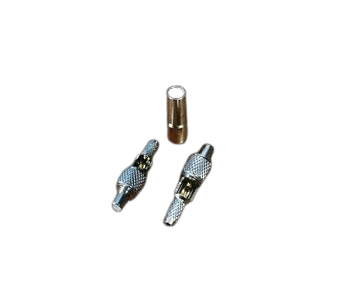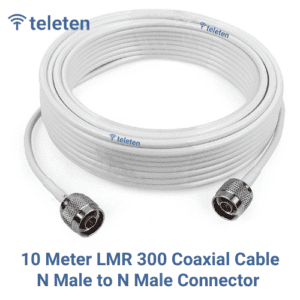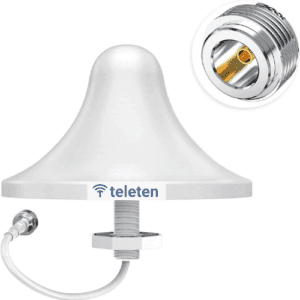- Connector Type:
- SAA Male LMR 100 Crimp: A male RF connector designed for LMR-100 cables, featuring a crimping mechanism for secure attachment.
- Pin Configuration:
- Crimping: The connector features a crimp pin that attaches to the center conductor of the LMR-100 cable. The crimping process ensures a stable and reliable electrical connection.
- Material:
- Body: Typically made from durable metals such as brass or stainless steel, with a plating of nickel or gold to enhance conductivity and corrosion resistance.
- Contacts: The pin is usually made from high-conductivity metal and may be plated to reduce signal loss.
- Cable Compatibility:
- LMR-100: Designed specifically for use with LMR-100 coaxial cable, which has a characteristic impedance of 50 ohms.
- Impedance:
- 50 Ohms: The connector is typically designed for a 50-ohm impedance to match the LMR-100 cable, ensuring minimal signal reflection and optimal performance.
- Frequency Range:
- High Frequency: Suitable for high-frequency applications, typically operating effectively up to several GHz, depending on the specific design and application.
- Installation:
- Crimping: The connector is attached to the cable by crimping the cable’s center conductor and shield onto the connector using a crimping tool.
- Tools Required: Crimping tool for securing the connector to the cable.
- Applications:
- Communication Systems: Used in RF communication systems, including antennas, transmitters, and receivers.
- Broadcasting: Suitable for broadcast equipment where high-frequency signal transmission is needed.
- General RF Applications: Ideal for various RF applications requiring reliable and high-performance connections.
Advantages
- Secure Connection: The crimping mechanism ensures a strong and reliable connection to the cable, crucial for maintaining signal integrity.
- Durable Construction: Made from high-quality materials to withstand environmental conditions and mechanical stress.
- High-Frequency Performance: Designed to handle high-frequency signals with minimal signal loss and interference.





